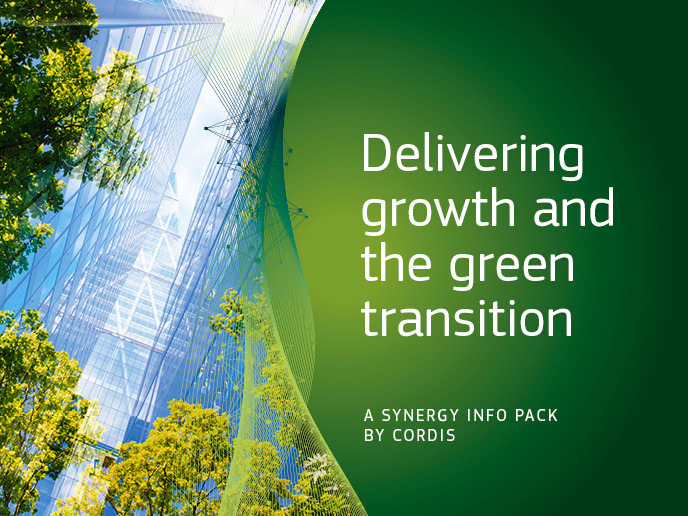Removing ammonia from fish farms
A rapidly expanding human population is putting increasing pressure on populations of wild caught fish. Aquaculture is therefore crucial for supplying fish for human consumption and protecting fish stocks in the wild. A recirculation aquaculture system (RAS) can dramatically reduce the amount of effluent and water used in fish farming. Current practice for removing the ammonia excreted by farmed fish relies on the use of a nitrifying biofilter. This microorganism-based process needs oxygen and reduces PH, thereby requiring expensive buffering treatment. The EU-funded DEAMMRECIRC project developed a deammonification reactor to convert ammonia into nitrogen gas in a single step. The process is for use in a RAS, and is suitable for both freshwater and marine species. Researchers also developed sea salt-adapted inoculums from European sea bass (Dicentrarchus labrax) waste. A methodology was then developed that enables fish farms to grow their own inoculums. The inoculum was used in the pre-treatment prototype reactor developed by the consortium. The RAS system water and sludge were mixed and partial denitrification (nitrate to nitrogen gas) took place, transforming nitrate to nitrite. The effluent was then pumped to an anammox reactor containing the inoculum sludge where nitrite and ammonium react to form nitrogen gas (the anammox process). Denitrification also takes place in this reactor. DEAMMRECIRC therefore converted nitrate in water to nitrogen gas in the air using both anammox and denitrification processes. This reduces the amount of nitrate entering recipient water bodies from RAS fish farms, at the same time providing treatment for the waste product, fish sludge. The technology developed by the project partners will result in lower costs for buffering chemicals, lower carbon footprint and reduced levels of nitrate-rich effluent released into the environment. These improvements will help EU aquaculture to become more competitive in the global market place and help to protect the environment.







